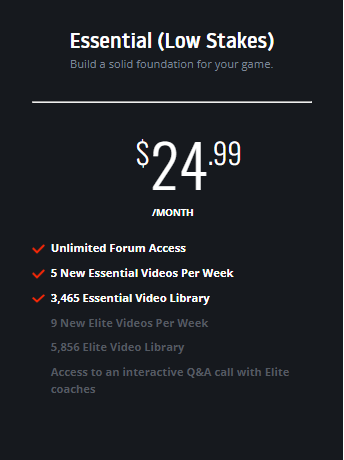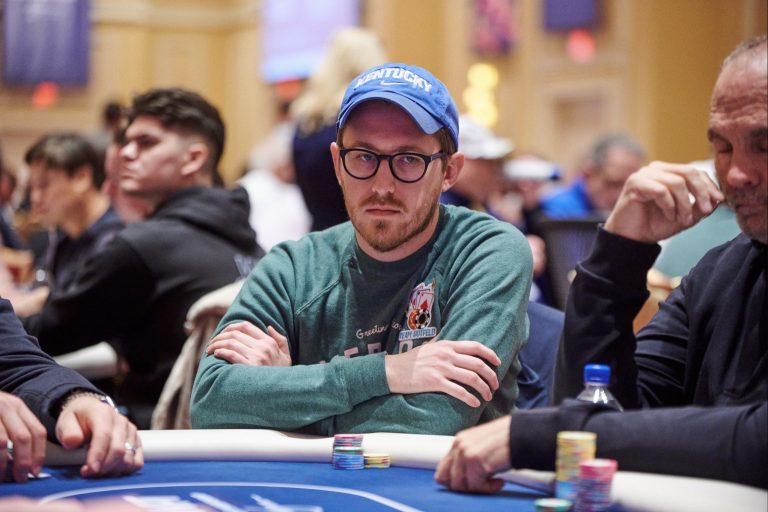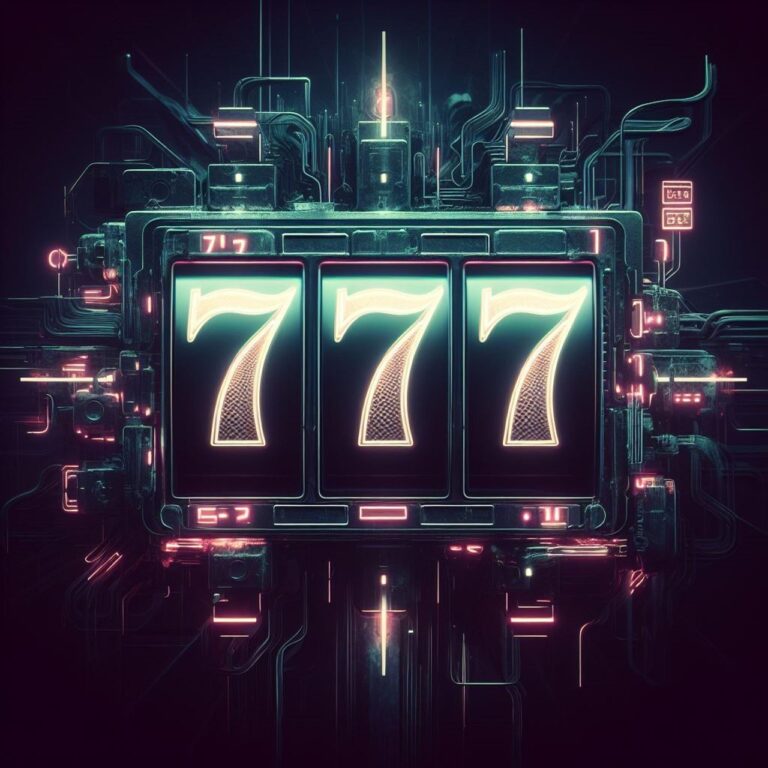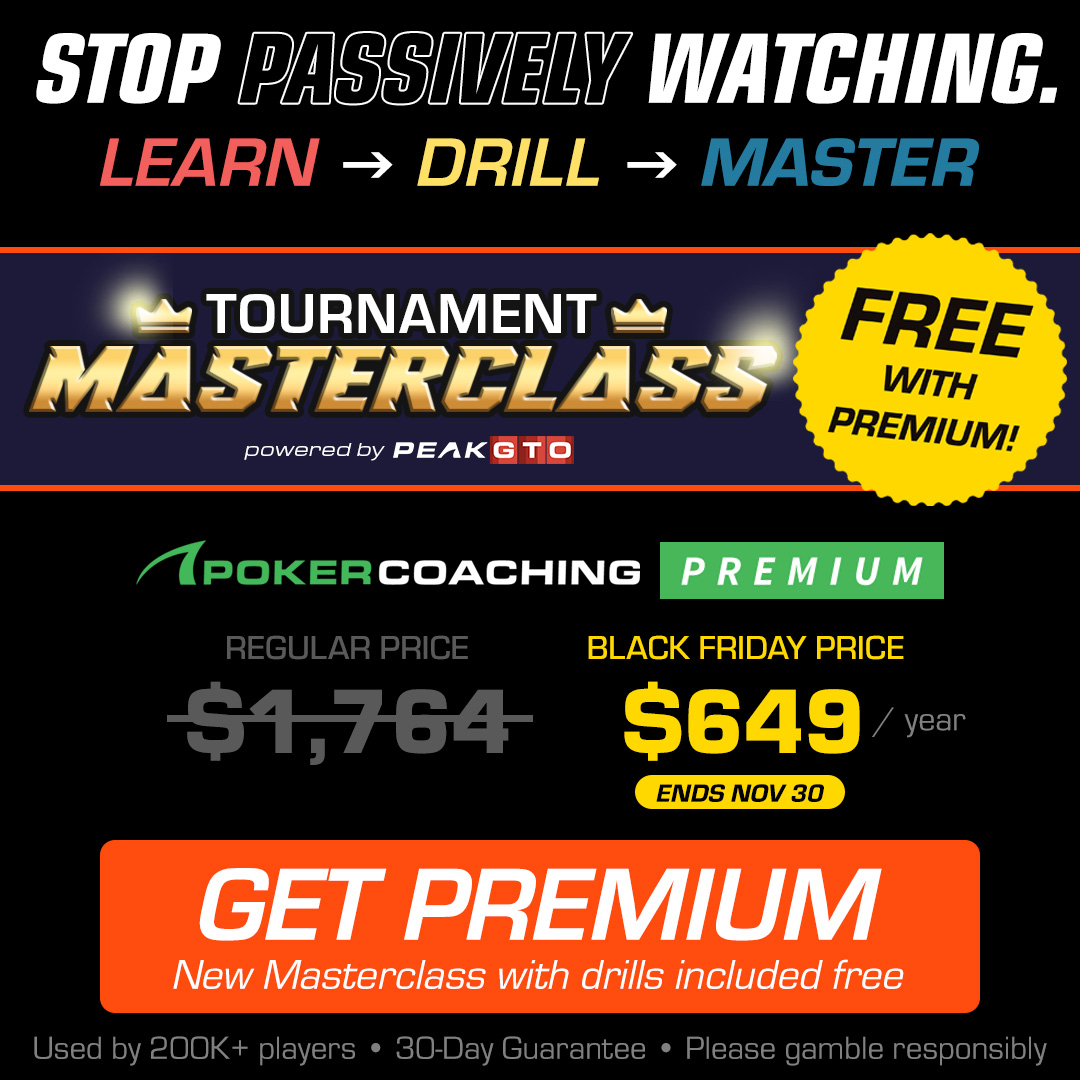Pot-Limit Omaha (PLO) remains one of the most complex and dynamic poker formats. With four cards in hand and countless board textures to navigate, success in PLO depends on more than intuition. It requires structured study, an understanding of theory, and the ability to adapt to player types on the fly, and that’s exactly what Run It Once Training aims to provide you with.
The program’s Essential Membership offers many video lessons to put you on track for PLO success. These video lessons are led by experienced pros and coaches, guiding players through key stages of learning the game. From mastering preflop strategy to navigating deep-stacked situations, these videos offer a well-rounded curriculum for anyone looking to sharpen their PLO game.

1. Learn Your Preflop Fundamentals
Every strong PLO player builds their game from the ground up, beginning with solid preflop ranges. Without this foundation, postflop play becomes unnecessarily difficult.
In “Mastering Open Raises in PLO”, Volodymyr Sabanin introduces players to Vision GTO Trainer as a tool for constructing balanced and efficient opening ranges. He breaks down how to avoid common leaks and shows how a structured preflop strategy sets you up for success on later streets.
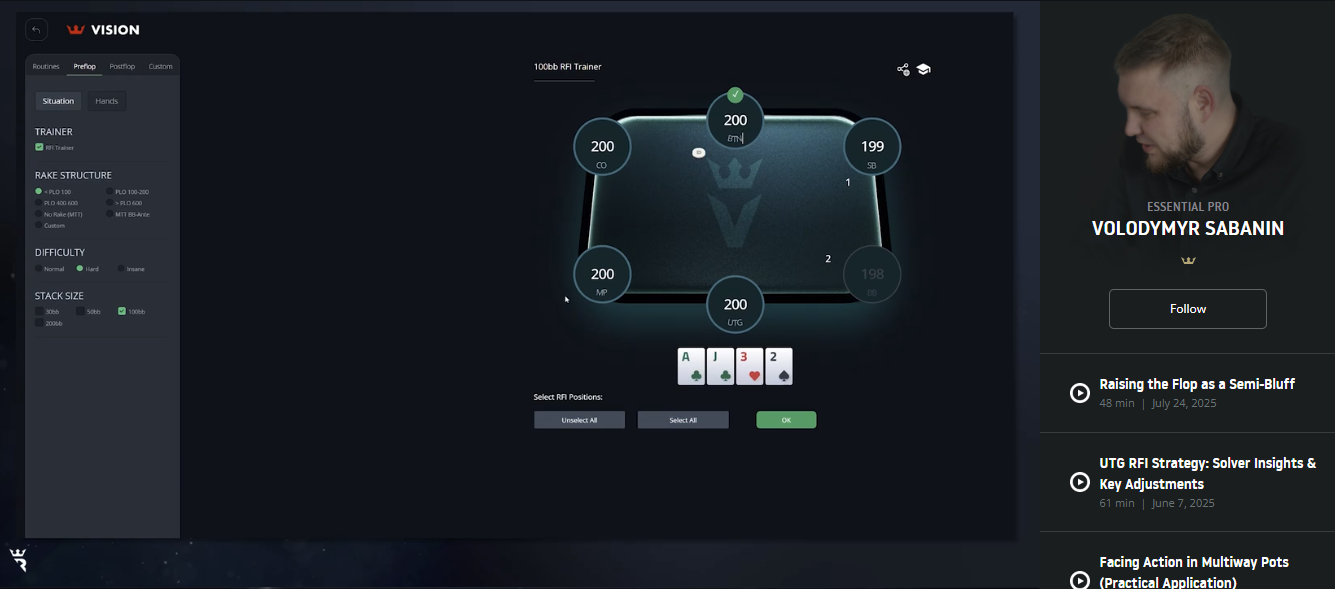
- Volodymyr Sabanin – Mastering Open Raises in PLO
2. Master Flop Strategy: C-Bets, Semi-Bluffs, and Multiway Pots
Once you have your opening ranges down, a whole new set of challenges come up on the flop. PLO introduces plenty of tricky situations like multiway pots, complex board textures, and figuring out what to do with marginal hands
In “Flop C-Betting in Multiway Pots”, Volodymyr Sabanin highlights the trouble with blindly c-betting against multiple opponents. Using a Button vs. Small Blind vs. Big Blind scenario, he shows how to categorize hands, choose betting frequencies, and avoid burning money with poorly timed c-bets.
- Volodymyr Sabanin – Flop C-Betting in Multiway Pots
On the other hand, you will need to know how to get aggressive with a raise. In “Raising the Flop as a Semi-Bluff,” Sabanin explains how to balance your raising range so you’re not overbluffing, while still applying maximum pressure. He emphasizes the importance of picking the right board textures and hand classes to turn equity into leverage.
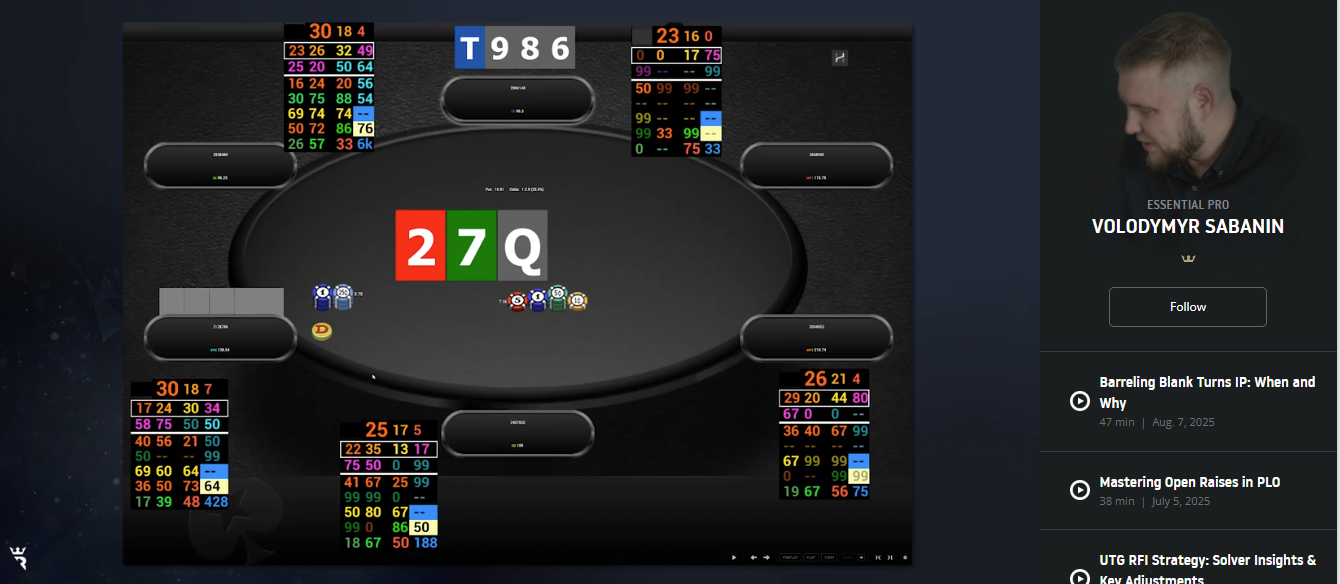
- Volodymyr Sabanin – Raising the Flop as a Semi-Bluff
Finally, Robin Lindqvist explores how c-betting strategies change with different preflop action. In “How to Study PLO Heads Up with Vision,” he focuses on heads-up 3-bet pots and uses software tools to uncover his preferred strategy.
- Robin Lindqvist – How to Study PLO Heads Up with Vision
3. Apply Pressure on the Turn
The turn is often the most decisive street in PLO. Ranges start to narrow and big bets start adding up. Many players struggle to know when to fire again on “blank” turns that don’t change the board texture.
In “Barrelling Blank Turns IP: When and Why,” Volodymyr Sabanin takes a deep dive into single-raised pots as the in-position player. He shows how to pick good opportunities to double-barrel bluff, find balance between value and bluffs, and avoid becoming overly predictable.
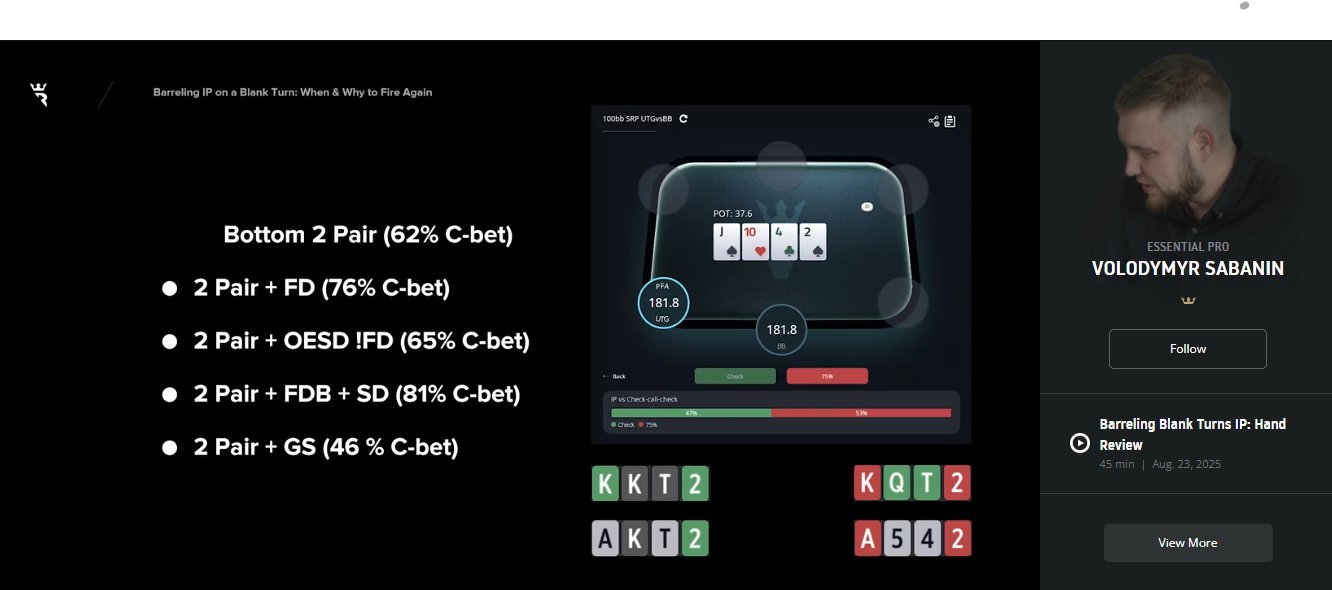
- Volodymyr Sabanin – Barrelling Blank Turns IP: When and Why
4. Adjust Your Strategy With Deep Stacks
PLO changes dramatically when playing with large stacks. Deep-stacked play rewards patience, discipline, and the ability to think ahead – and all require careful strategy.
Dhruv Bhargava’s “Deep Stack PLO: Keys for Success” unpacks the adjustments required stacks are deeper than usual. This video showcases how your value range widens, when to take exploitative betting lines, and how risk-reward dynamics shift at more than 200 big blinds.
- Dhruv Bhargava – Deep Stack PLO: Keys for Success
To reinforce these lessons, Bhargava challenges players with a comprehensive quiz in “Lab Work 109: The Ultimate Quiz for Playing Deep Stacked.” This interactive session tests your ability to apply theory across diverse scenarios, forcing you to think critically rather than rely on memorization.
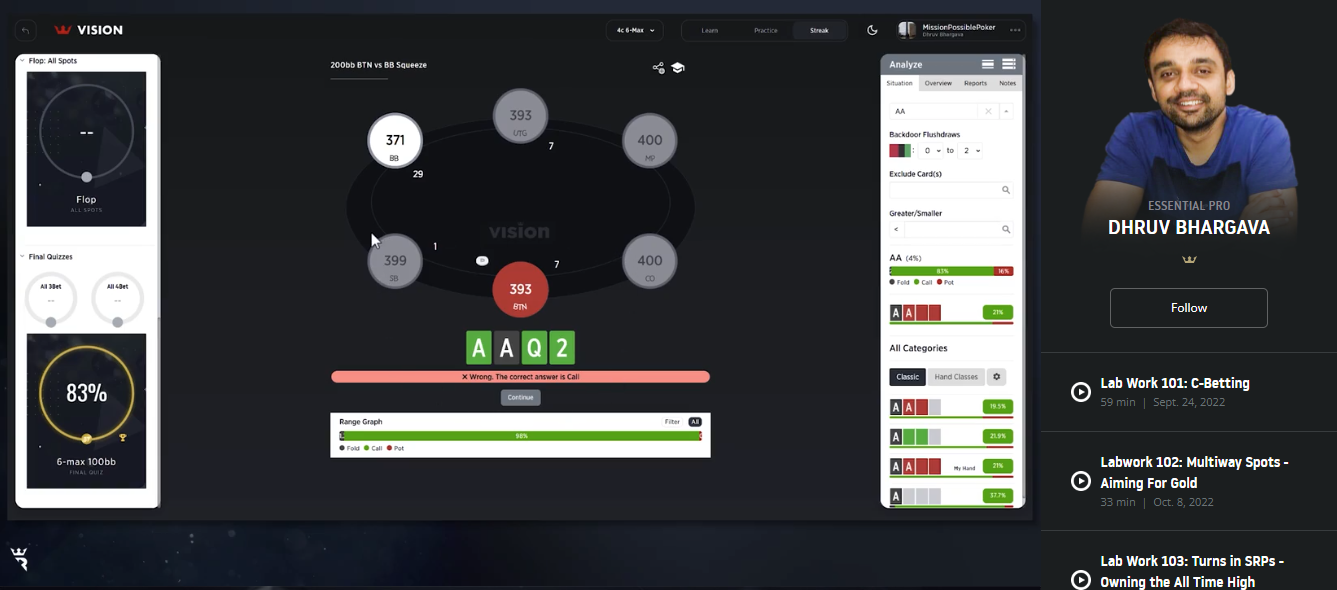
- Dhruv Bhargava – Lab Work 109: The Ultimate Quiz for Playing Deep Stacked
5. Step Back and Review Your Hands
Not every hand will fit neatly into solver outputs or textbook theory. Some spots may appear standard on the surface but require nuanced decision-making.
Robin Lindqvist dives into these situations in “Common Yet Tricky Hands.” By walking through deceptively straightforward holdings, he demonstrates how small differences in board texture, stack depth, and player tendencies can completely change the strategy.
- Robin Lindqvist – Common Yet Tricky Hands
In “Play and Explain” Lindqvist puts these ideas to the test while reviewing a live session with multiple tables. The session shows how theory may bend and morph in real-time, offering a glimpse into the decision-making process of a seasoned pro.
- Robin Lindqvist – Play and Explain
On a bigger-picture level, Bhargava’s “The Art of PLO: 4 Cards” aims to tie everything together. Instead of focusing on isolated concepts, he adopts a holistic lens—emphasizing the key pillars of success in PLO and how to integrate them into a complete framework. This series is ideal for players who want to step back and watch the puzzle pieces come together.
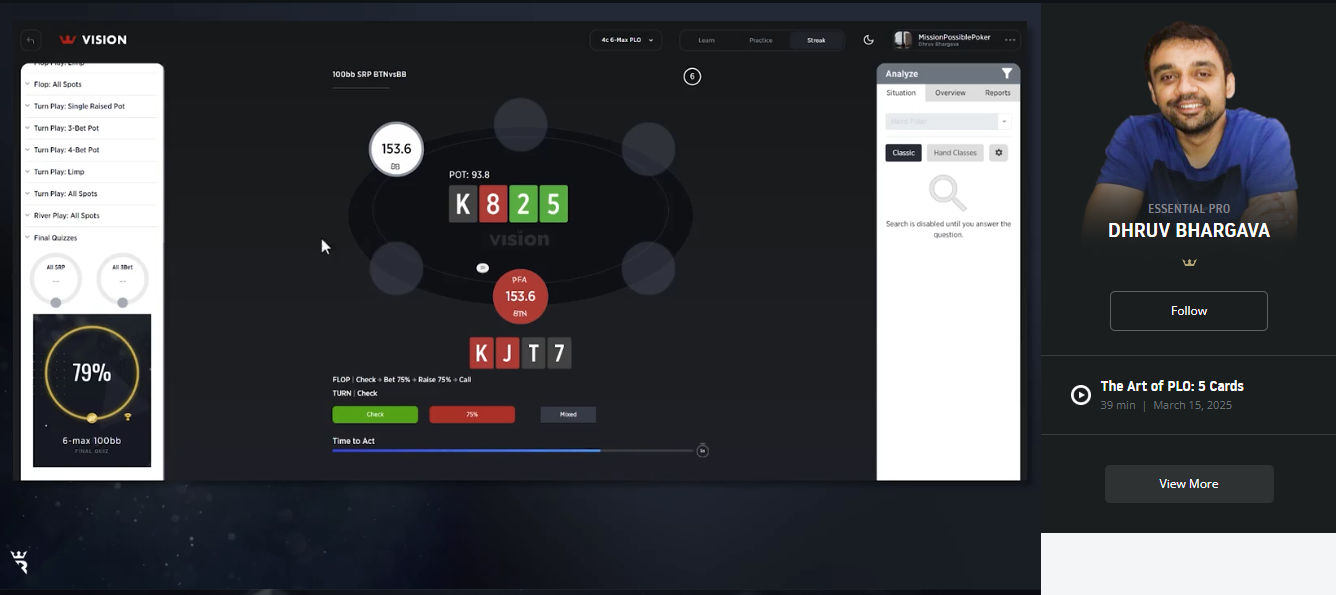
- Dhruv Bhargava – The Art of PLO: 4 Cards
Run It Once Essential Membership: From Theory to Application
By combining technical study tools like Vision GTO Trainer with practical play-and-explain sessions, Run It Once Essential Membership bridges the gap between solver outputs and live decision-making. Whether you’re building your fundamentals or fine-tuning your strategy, these lessons provide a comprehensive foundation for long-term success in PLO.
READ MORE: Run It Once Training Top 10 Essential Cash Game Tips

